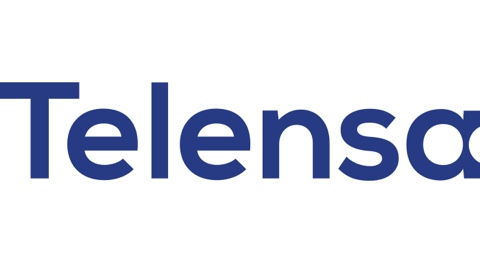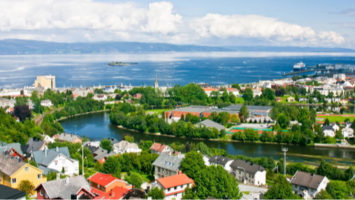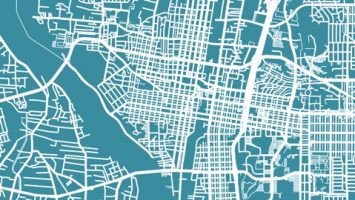
With over 1 million street lights controlled around the world, the UK-based Telensa is rapidly brightening smart cities around the globe. They take a comprehensive look at the city’s streetlights and work out which will need base stations. From there, it’s a process of replacing the bulbs with LED and adding a node on top.
“Very quickly, [cities] don’t have to do night patrols anymore to find out if lights are working. They don’t have to wait for citizens to call them to tell them there are problems with the lights,” said Keith Day, vice president of Telensa. “They can remotely control intensity of lights, street by street, at different times of day, meeting resident requirements for darker skies or feelings of safety.”
As bronze sponsors of the Smart Cities Connect Conference and Expo, the Telensa team is most interested in engaging with cities, showcasing the work they’ve done with utility and municipality leaders thus far through the conference program, and talking with other players in smart cities in order to integrate with them.
“Smart Cities Connect is the one place [in North America] that’s about cities,” Day said.
When considering what makes a smart city, Telensa starts with individual functions and whether the assets that make up different services are connected, whether there is any intelligence to automate those activities, and then whether the departments within a city are talking. In their view, once a city reaches the point of multi-departmental operation through data – and really controlling data – it’s a smart (and interesting!) city.
Telensa provides wireless nodes that go on each street light, a wireless network that’s owned by a city or region, and the central management system to look after the street light operation.
“The great thing about LED street lights is that they are infinitely controllable. You can have the right level of light at the right time, but only if it’s connected and can be controlled,” Day said. “We offer an end-to-end solution. What the city gets for free is a wireless network they own and can use for different things. If the city wants to do street-by-street air quality monitoring, the sensors go on the street lights. Their cost is cut quite a bit, because the network already exists. In addition to that, the city owns the data.”
With ten years behind them, it’s difficult to imagine the next ten or even twenty years. “I don’t know what the future holds, but I think it will become about cities as the focal point for data and services,” Day said. “The world is going city-centric. Our place is being the glue that makes these things work together.”
Meet the team at Smart Cities Connect Conference and Expo in June, and talk with them on social @telensa.


